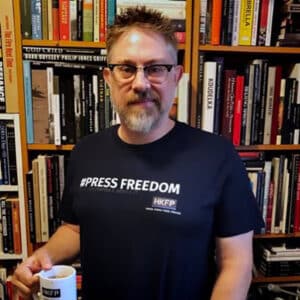Photographer Richard Sandler grew up in Forest Hills, Queens, not too far from the city. Around the age of 11, without telling his parents, he could safely take the subway into Manhattan without trouble. He would go to Hubert's on 42nd Street, which ...



